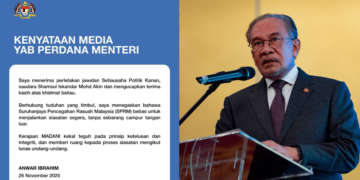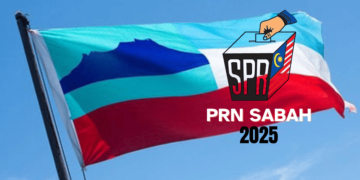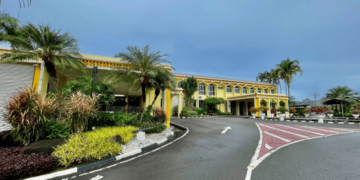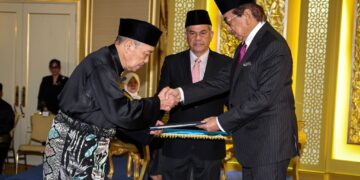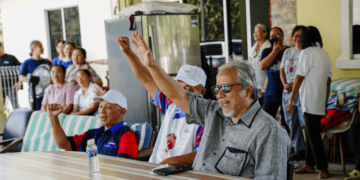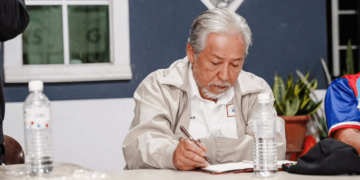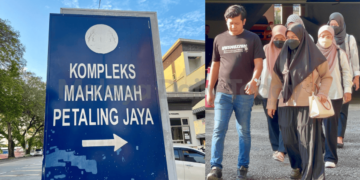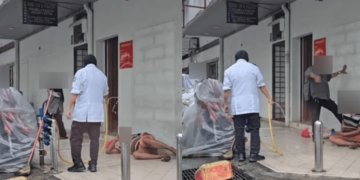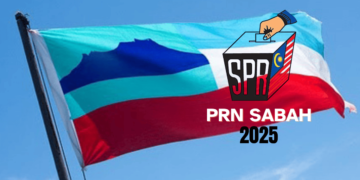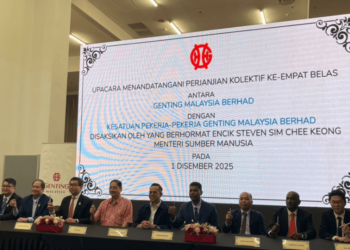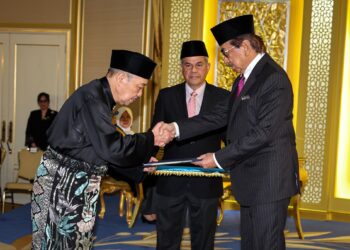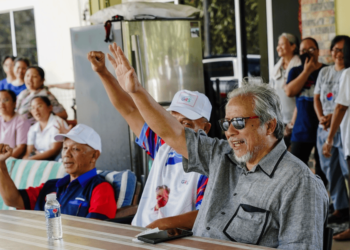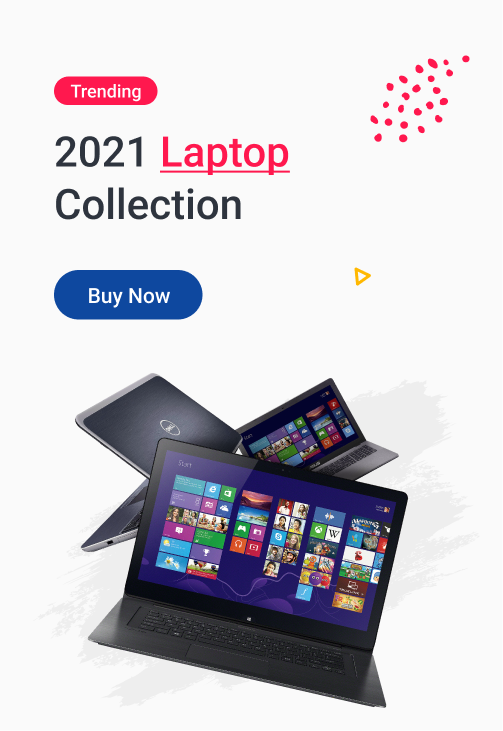Malaysia already has a robust regulatory framework for managing harmful consumer products most notably tobacco. Every cigarette sold is governed by strict age restrictions, standardized packaging rules, ingredient controls, mandatory licensing, and consistent enforcement.
This system, developed over decades, is designed not to eliminate tobacco use outright, but to manage public risk, ensure industry accountability, and generate tax revenue.
Yet when it comes to vaping, the country appears caught in a policy vacuum despite already having a functioning model to build upon.
In 2023, Malaysia removed nicotine from the Poisons Act, effectively legalizing the sale of vape products. However, this move lacked corresponding regulatory safeguards.
The result was a surge in unregulated products, illicit vendors, and rising concerns about product adulteration, synthetic drug content, and misleading nicotine levels. In the absence of federal direction, state governments responded independently: some, like Terengganu and Kelantan, opted for outright bans, while others sought to strengthen licensing at the local level.
This decentralised approach has created a fragmented legal landscape. Vape products may be legal in one state and criminalised in another. Retailers face uncertainty, consumers are confused, and enforcement officers lack clarity on what rules apply. Even businesses that attempted to comply with evolving regulations are now left in regulatory limbo.
The core issue isn’t whether vaping should be allowed but how it should be controlled.
Malaysia’s experience with tobacco regulation offers a proven template. Current tobacco laws include:
• Minimum age requirements for purchase
• Retailer licensing
• Oversight of ingredients and product formulation
• Mandatory health warnings and packaging standards
• Advertising bans
• Excise duties and tax stamp enforcement
While these measures have not eradicated smoking, they have created a transparent and enforceable system. They also provide revenue streams and restrict access to minors goals that are equally relevant for vape regulation.
The same model should be applied to vaping. Not a diluted version. Not an improvised patchwork. A parallel system.
Failing to act or worse, pursuing a blanket ban risks repeating the mistakes seen in the tobacco black market, where over half of all cigarettes sold are illicit. Vape sellers operating outside regulatory oversight do not verify age, disclose ingredients, or ensure product safety. This opens the door to contaminated or mislabelled products with serious health consequences.
By contrast, a licensed and regulated vape market would offer traceability, enforceable accountability, and health safeguards. Businesses could be monitored. Products could be tested. Non compliant actors could be penalised.
Critically, Malaysia has long struggled with enforcement even for clearly defined laws. Introducing another unregulated or vaguely regulated product will only deepen this challenge. Without structural oversight, enforcement becomes guesswork.
What Malaysia needs now is a firm, centralised policy that classifies vape as a regulated product under the existing tobacco control framework. This would include:
• Licensing requirements for all vape retailers
• Standardised packaging, labelling, and content rules
• Clear taxation policies with enforcement mechanisms
• Unified advertising and online sale regulations
• Uniform enforcement across all states
This is not about endorsing vaping. It is about applying the same public health tools that have been used for tobacco. Pretending the vape market doesn’t exist or attempting to ban it without structure will only drive it underground.
The policy question is no longer whether we can regulate vape like tobacco. It’s why we haven’t. -MalayaDailyToday




